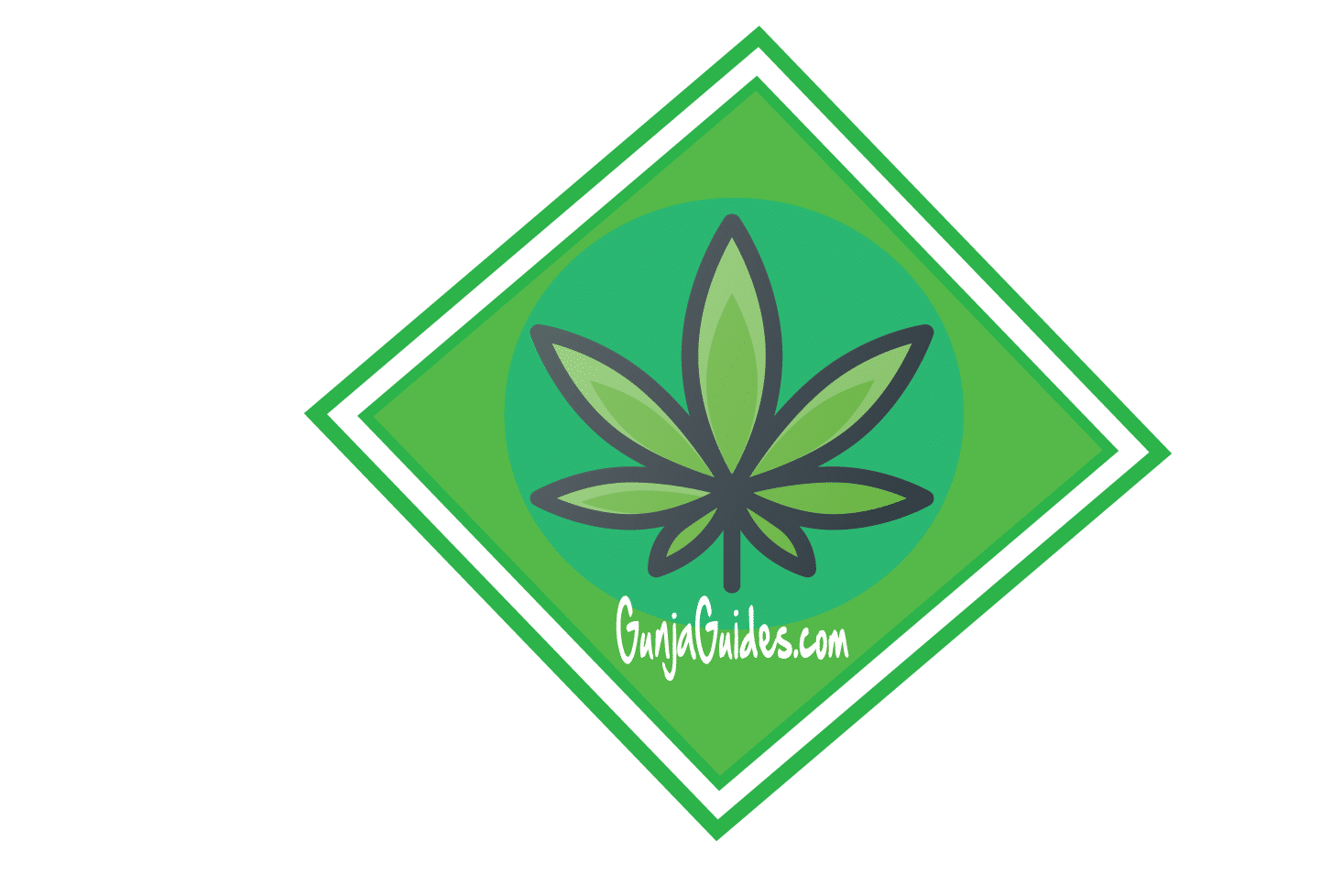Identifying And Solving Plant Problems

Identifying And Solving Plant Problems. Have you ever found yourself stumped by a mysterious issue plaguing your plants? From yellowing leaves to wilting stems, every gardener has encountered the frustrating challenge of identifying and solving plant problems. In this article, we will explore common issues that can afflict your green companions, providing tips and tricks to help you become a plant detective and nurse your plants back to health. So, put on your detective hat, grab your magnifying glass, and let’s unravel the mysteries of your garden together!
Recognizing Common Plant Problems
Identifying Pest Damage
Pest damage can be a common issue for plants and can greatly affect their health and overall appearance. To recognize pest damage, keep an eye out for chewed or damaged leaves, holes in the plant’s foliage, or discolored patches on the leaves. You may also notice the presence of insects or other pests on the plant itself. It’s important to identify the specific pest causing the damage in order to effectively treat the problem.
Spotting Nutrient Deficiencies
Plants require various nutrients to thrive, and a deficiency in any of these nutrients can lead to visible symptoms. Look for yellowing leaves, stunted growth, or overall poor plant health as signs of nutrient deficiencies. Each nutrient deficiency can have specific symptoms, such as yellowing between the veins for iron deficiency or purplish leaves for phosphorus deficiency. Identifying these symptoms can help determine the necessary actions to address the nutrient deficiency.
Recognizing Environmental Stress
Environmental stress can significantly impact plant health. This can include factors such as drought, overwatering, extreme temperatures, or exposure to too much sun or wind. Signs of environmental stress may include wilting, yellowing or browning of leaves, or stunted growth. Understanding these stressors and their symptoms can help you take appropriate measures to mitigate their effects on your plants.
Identifying Disease Symptoms
Plants can be susceptible to various diseases caused by fungi, bacteria, or viruses. Disease symptoms can manifest in different ways, such as spots, lesions, or discoloration on the leaves or stems. Other signs of plant disease can include wilting, moldy growth, or unusual growth patterns. Identifying these symptoms can help in properly diagnosing and treating plant diseases.
Understanding Cultural Problems
Cultural problems can arise from improper care or maintenance practices. This can include issues related to soil quality, planting techniques, pruning, or overcrowding. Recognizing these cultural problems can help ensure that your plants receive the care they need to thrive. Regularly assessing your cultural practices can prevent future problems and promote the overall health of your plants.
Tools for Plant Problem Diagnosis
Using Diagnostic Guides
Diagnostic guides are valuable resources that provide information on plant symptoms and help identify potential problems. These guides often include detailed descriptions and images of common plant issues. By consulting a diagnostic guide, you can narrow down the possible causes of your plant problem and determine the appropriate course of action.
Utilizing Online Resources
The internet is a treasure trove of information when it comes to plant problem diagnosis. Numerous websites and forums offer advice and information on various plant issues. You can utilize online resources to research specific symptoms, seek guidance from experienced gardeners, or even participate in plant-specific forums to discuss and receive advice on your plant problems.
Consulting Experts
Sometimes, plant problems can be challenging to diagnose and address on your own. In such cases, it may be beneficial to consult with gardening experts or professionals. Local agricultural extension offices, garden centers, or professional landscapers can provide valuable insights and recommendations for diagnosing and solving your plant problems. Their expertise and experience can be particularly helpful when dealing with complex or severe plant issues.

Identifying Pest Problems
Differentiating Between Insect and Mite Damage
Insects and mites can both cause damage to plants, but their feeding patterns and effects differ. Insect damage may result in chewed leaves, visible bite marks, or holes in the foliage. On the other hand, mite damage is often characterized by tiny, web-like structures on the plant’s surface and a stippling or bronzing effect on the leaves. Carefully inspecting your plants and understanding these differences can help identify the type of pest causing the damage.
Identifying Common Garden Pests
A wide range of pests can be harmful to your garden plants. Common garden pests include aphids, caterpillars, slugs, snails, and spider mites, among others. These pests can cause various types of damage, from devouring foliage to transmitting diseases. Familiarizing yourself with the appearance and behavior of these common garden pests can aid in early detection and prompt intervention.
Recognizing Signs of Infestation
Signs of pest infestation can include visible insects or mites on the plant, the presence of webs or egg masses, or unusual changes in plant growth. Additionally, certain pests may leave behind characteristic signs, such as sticky residue left by aphids or the slimy trails created by slugs and snails. Regular monitoring of your plants and being alert to any signs of infestation can help you take swift action to prevent further damage.
Solving Pest Problems
Implementing Integrated Pest Management Strategies
Integrated Pest Management (IPM) is an effective approach to managing pests in a sustainable and environmentally friendly manner. By combining various pest control techniques, such as biological control (using beneficial organisms), cultural practices, and targeted pesticide applications, you can effectively manage pests while minimizing harm to beneficial insects and the environment. Implementing an IPM strategy can help maintain a healthy balance in your garden ecosystem and reduce the reliance on chemical pest control measures.
Using Organic Pest Control Methods
Organic pest control methods prioritize the use of natural and environmentally friendly approaches to manage pests. This can include introducing beneficial insects, using insecticidal soaps or oils, employing physical barriers, or practicing companion planting to deter pests. Organic pest control methods are safe for the environment, beneficial insects, and can be an effective solution for managing pest problems.
Applying Chemical Control Measures
In certain situations, chemical control measures may be necessary to combat severe pest infestations. However, it’s important to use pesticides responsibly, following the instructions and precautions provided on the product labels. Selecting the appropriate pesticide for the specific pest problem and applying it correctly can help minimize the impact on the environment and ensure effective control of pests.
Using Biological Control Agents
Biological control agents are living organisms that can help control pests in a natural and sustainable way. This can involve introducing predator insects, such as ladybugs or lacewings, which feed on aphids or other harmful pests. Other biological control agents, such as nematodes or bacteria, can target specific pests without harming beneficial insects or plants. Using biological control agents can be an excellent long-term pest management strategy that reduces the need for chemical interventions.

Identifying Nutrient Deficiencies
Recognizing Visual Symptoms
Each nutrient deficiency in plants has specific visual symptoms that can aid in identification. For instance, nitrogen deficiency often presents as yellowing leaves, starting from the oldest ones. Potassium deficiency can cause spotting or scorching of leaf edges, while iron deficiency can result in yellowing between the veins of young leaves. By familiarizing yourself with these symptoms, you can determine the nutrient deficiency affecting your plants.
Conducting Soil Nutrient Testing
Soil nutrient testing is a reliable method to identify nutrient deficiencies accurately. Kits or services are available that allow you to collect soil samples and have them analyzed for their nutrient content. This analysis provides insights into the nutrient levels in your soil, helping you determine which nutrients may be lacking and require supplementation. Regular soil testing can guide your fertilization practices and ensure your plants receive the necessary nutrients for optimal growth.
Considering Other Factors Influencing Nutrient Availability
Nutrient availability in the soil can be influenced by factors such as pH levels, soil composition, or soil moisture. For instance, certain nutrients may become less available to plants in alkaline or acidic soils. Understanding these factors can help in identifying nutrient deficiencies that may not be solely due to insufficient nutrient content in the soil. By considering the wider context of soil conditions, you can take appropriate steps to address nutrient deficiencies effectively.
Addressing Nutrient Deficiencies
Applying Fertilizers
Fertilizers are a common method to address nutrient deficiencies in plants. Once you have identified the specific nutrient deficiency, select a fertilizer that contains the lacking nutrient in the appropriate form. Follow the recommended application rates and methods provided on the fertilizer packaging. Overapplication of fertilizers can be harmful to plants, so it’s essential to apply them correctly and in moderation.
Using Organic Soil Amendments
Organic soil amendments, such as compost or well-rotted manure, can help improve soil nutrient levels naturally. These amendments gradually release nutrients into the soil, promoting long-term plant health and balanced nutrient availability. Incorporating organic amendments into your soil during planting or as a top dressing can provide a sustainable solution to nutrient deficiencies while enhancing soil fertility.
Adjusting Soil pH
Soil pH influences nutrient availability to plants. If your soil pH is too acidic or alkaline, certain nutrients may become less available or even toxic to plants. Conduct a soil pH test to determine the pH level of your soil. If necessary, adjust the pH using appropriate amendments, such as adding lime or sulfur. By optimizing soil pH, you can ensure that plants can efficiently absorb the available nutrients.
Improving Drainage
Poor soil drainage can lead to nutrient deficiencies, particularly in waterlogged soils. Excess water can leach nutrients away from the plant’s root zone or create conditions that promote root rot. Improving drainage by amending the soil or implementing drainage solutions can help prevent nutrient deficiencies caused by waterlogged conditions. Ensuring proper soil drainage allows plants to access the nutrients they need for healthy growth.
Recognizing Environmental Stress Factors
Identifying Signs of Drought Stress
Drought stress occurs when plants do not receive sufficient water to meet their needs. Signs of drought stress may include wilting, dry or brittle leaves, or a yellowing or browning of foliage. You may also notice stunted growth or premature leaf drop. Recognizing these signs can help you take immediate action to provide adequate water to your plants and prevent further damage.
Recognizing Symptoms of Overwatering
Overwatering can be as detrimental as drought stress to plants. Signs of overwatering may include yellowing leaves, wilting (despite the soil being wet), or the presence of root rot. Initially, overwatering may mimic the symptoms of drought stress, so it’s important to carefully observe your plant and determine if it is receiving an appropriate amount of water. Adjusting your watering practices can help alleviate the effects of overwatering.
Understanding Temperature-related Stress
Extreme temperatures, whether too hot or too cold, can stress plants and affect their growth. High heat can cause wilting, yellowing, or scorching of leaves, while extreme cold can lead to freezing damage or frostbite. Understanding the temperature requirements of your plants and providing appropriate protection during extreme weather conditions can help prevent temperature-related stress.
Identifying Sunburn and Heat Stress
Excessive exposure to direct sunlight and heat can result in sunburn and heat stress for plants. Signs of sunburn and heat stress can include yellowing or bleaching of leaves, brown patches or scorched areas on foliage, or a general decline in plant health. Providing shade or implementing shading techniques can help protect your plants from excessive sunlight and reduce the risk of sunburn and heat stress.
Recognizing Wind and Frost Damage
Strong winds can cause damage to plant structures, such as broken or bent branches or torn leaves. Frost damage can result in wilting, discoloration, or blackening of foliage or flowers. Understanding the signs of wind and frost damage can allow you to take preventative measures, such as providing windbreaks or covering plants during frost events, to protect your plants from potential harm.
Solving Environmental Stress Problems
Improving Watering Practices
Proper watering practices play a crucial role in preventing environmental stress caused by drought or overwatering. Regularly monitor soil moisture levels and adjust your watering schedule accordingly. Water deeply and less frequently to encourage plants to develop deep roots and become more resilient to drought. Using mulch around plants can help retain moisture and reduce the need for excessive watering.
Providing Shade and Windbreaks
Creating shade and windbreaks can shield plants from excessive sun exposure and wind damage. This can be achieved through the use of shade cloths, strategically placed tall plants, or structures such as fences or screens. Providing shade and windbreaks can help regulate temperature, reduce moisture loss, and protect plant structures from bending or breaking due to strong winds.
Using Mulching Techniques
Mulching is a beneficial practice that helps conserve soil moisture, regulate soil temperature, suppress weed growth, and improve overall plant health. Organic mulches, such as wood chips or straw, also gradually release nutrients into the soil as they decompose, enriching the root zone. Apply a layer of mulch around your plants, leaving space around the stem to prevent moisture-related issues, and ensure consistent mulch depth.
Protecting Against Frost
Frost can cause significant damage to plants, especially those sensitive to cold temperatures. Protecting your plants from frost involves using various techniques, such as covering them with frost blankets, using cloches or row covers, or even relocating potted plants indoors during cold periods. These measures help create a microclimate around the plants, preventing frost from settling on them and causing harm.
Identifying Plant Diseases
Recognizing Common Signs of Plant Diseases
Plant diseases can manifest in various ways, but some common signs may indicate their presence. These signs include spots, lesions, or discoloration on leaves or stems, presence of fungal growth or mold, stunted growth, or abnormal plant shapes. Regularly inspecting your plants and being familiar with these signs can help diagnose and address potential diseases before they spread.
Identifying Fungal Infections
Fungal infections are a common type of plant disease. Symptoms of fungal infections can include the appearance of powdery or fuzzy growth on leaves or stems, leaf spots, wilting, or dieback of affected plant parts. Understanding the specific symptoms associated with common fungal diseases can aid in proper diagnosis and guide the selection of appropriate treatment measures.
Spotting Bacterial and Viral Diseases
Bacterial and viral diseases can also affect plants, causing distinct symptoms. Bacterial infections may result in wilting, leaf spots with a yellow halo, or oozing of plant tissues. Viral diseases can cause mosaic patterns, distorted growth, or yellowing of leaves. Properly identifying these symptoms can help differentiate between fungal, bacterial, and viral diseases, allowing for effective treatment strategies.
Resolving Cultural Problems
Amending Soil
Correcting soil-related issues is an essential step in resolving cultural problems. Conduct a soil test to determine the pH, nutrient content, and overall composition of your soil. Based on the results, you can amend your soil by adding organic matter, such as compost or well-rotted manure, to improve its structure and fertility. Amending soil promotes better plant growth and helps address underlying cultural problems.
Practicing Proper Planting Techniques
Proper planting techniques are crucial for ensuring the healthy establishment and growth of plants. This includes selecting the right location, providing adequate spacing between plants, and planting at the appropriate depth. Following recommended planting guidelines can help prevent overcrowding, promote proper airflow, and ensure optimal access to sunlight and nutrients, reducing the likelihood of cultural problems.
Thinning and Dividing Plants
Overcrowded plants can suffer from competition for resources, reduced airflow, and an increased risk of disease. Thinning and dividing overcrowded plants helps create adequate spacing, allowing each plant to receive the necessary resources for healthy growth. Regularly assess your garden and identify plants that require thinning or dividing to maintain their vigor and avoid potential cultural problems.
Implementing Correct Pruning and Training Methods
Pruning and training plants can help shape their growth, improve airflow, and promote overall plant health. It’s essential to follow proper pruning techniques to avoid causing damage or introducing potential issues. This includes using clean and sharp pruning tools, making cuts at appropriate angles and locations, and removing dead or diseased branches. Following correct pruning and training methods can prevent cultural problems and encourage healthy, well-structured plants.
Conclusion Identifying And Solving Plant Problems
By understanding and recognizing common plant problems, you can effectively diagnose and address any issues that arise in your garden. Whether it’s pest damage, nutrient deficiencies, environmental stress, disease symptoms, or cultural problems, there are various tools and strategies at your disposal. Utilize diagnostic guides, online resources, and expert advice to accurately identify the problem and choose the most appropriate solutions. With care and attention, you can ensure the health and vitality of your plants, creating a thriving garden for years to come.



